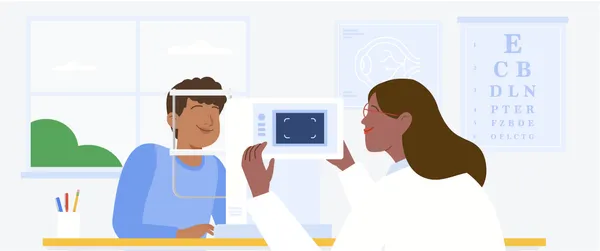 Here’s how our AI model for diabetic retinopathy screening can help improve health outcomes for millions across India and Thailand.
Here’s how our AI model for diabetic retinopathy screening can help improve health outcomes for millions across India and Thailand.
How AI is making eyesight-saving care more accessible in resource-constrained settings
 Here’s how our AI model for diabetic retinopathy screening can help improve health outcomes for millions across India and Thailand.
Here’s how our AI model for diabetic retinopathy screening can help improve health outcomes for millions across India and Thailand.
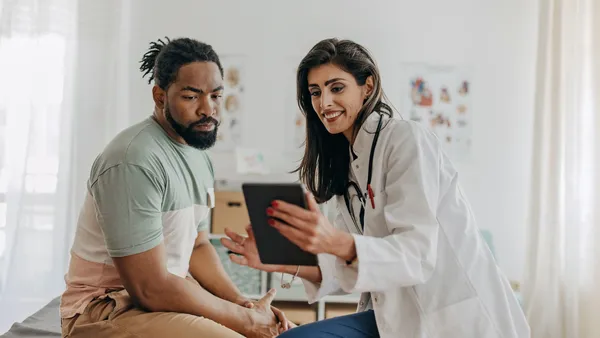 A study published by Google Cloud and Harris Poll sheds light on healthcare’s administrative burden, and how AI can help.
A study published by Google Cloud and Harris Poll sheds light on healthcare’s administrative burden, and how AI can help.
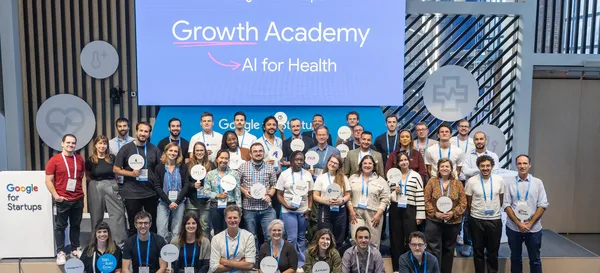 Learn how startups in Growth Academy: AI for Health program are leveraging tech to improve access to care, personalize treatment, and enhance the effectiveness of therap…
Learn how startups in Growth Academy: AI for Health program are leveraging tech to improve access to care, personalize treatment, and enhance the effectiveness of therap…
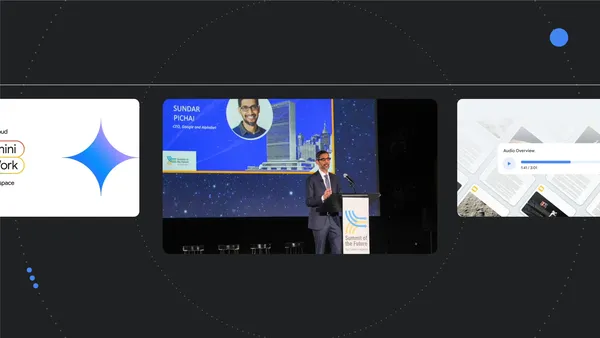 Here are seven of Google’s latest AI updates from September.
Here are seven of Google’s latest AI updates from September.
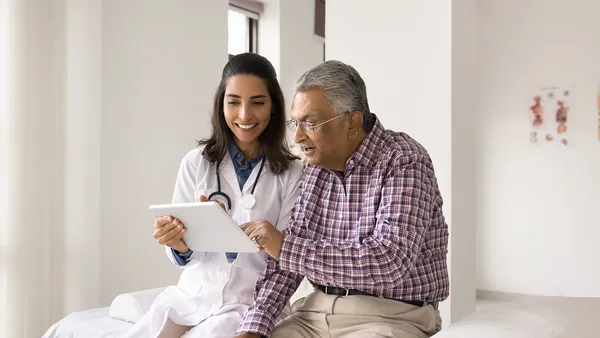 At Google for India, we shared how Google Health is supporting India’s digital health transformation.
At Google for India, we shared how Google Health is supporting India’s digital health transformation.
 Here's how our bioacoustic foundation model, Health Acoustic Representations (HeAR), may help improve health outcomes for people across India.
Here's how our bioacoustic foundation model, Health Acoustic Representations (HeAR), may help improve health outcomes for people across India.
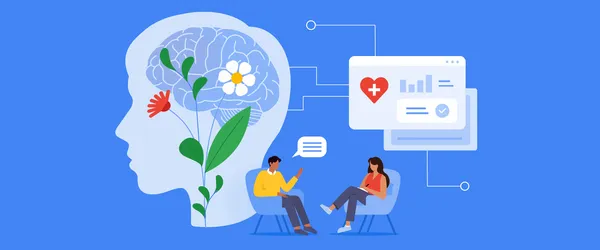 Mental health is a global issue. We look at four key ways to think about creating AI to expand access to education, assessment and intervention.
Mental health is a global issue. We look at four key ways to think about creating AI to expand access to education, assessment and intervention.
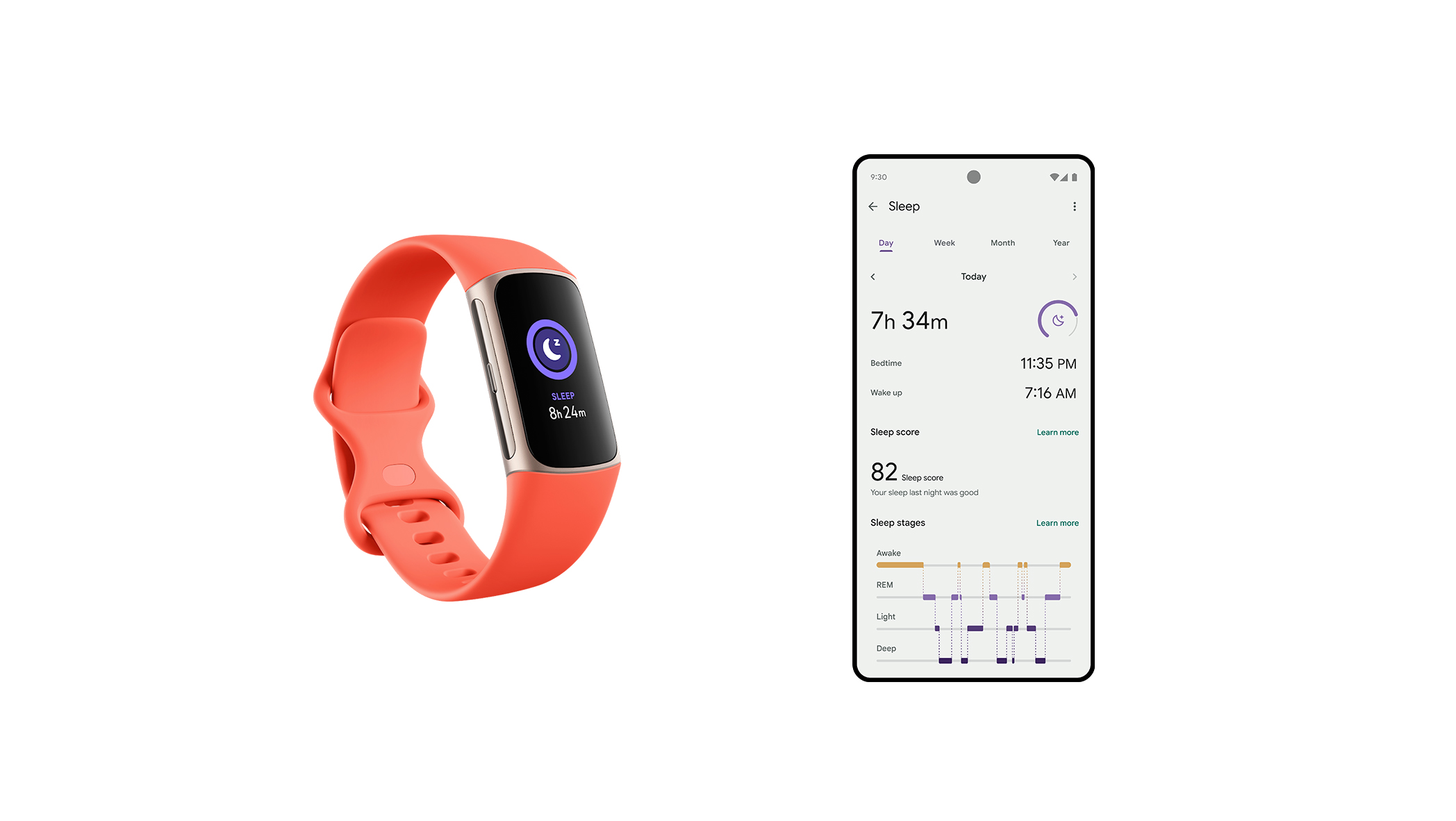 The biggest study of its kind using Fitbit devices shows how sleep affects people’s health.
The biggest study of its kind using Fitbit devices shows how sleep affects people’s health.
 Fitbit's Irregular Rhythm Notification feature is now available via Web API to healthcare providers with user permission.
Fitbit's Irregular Rhythm Notification feature is now available via Web API to healthcare providers with user permission.